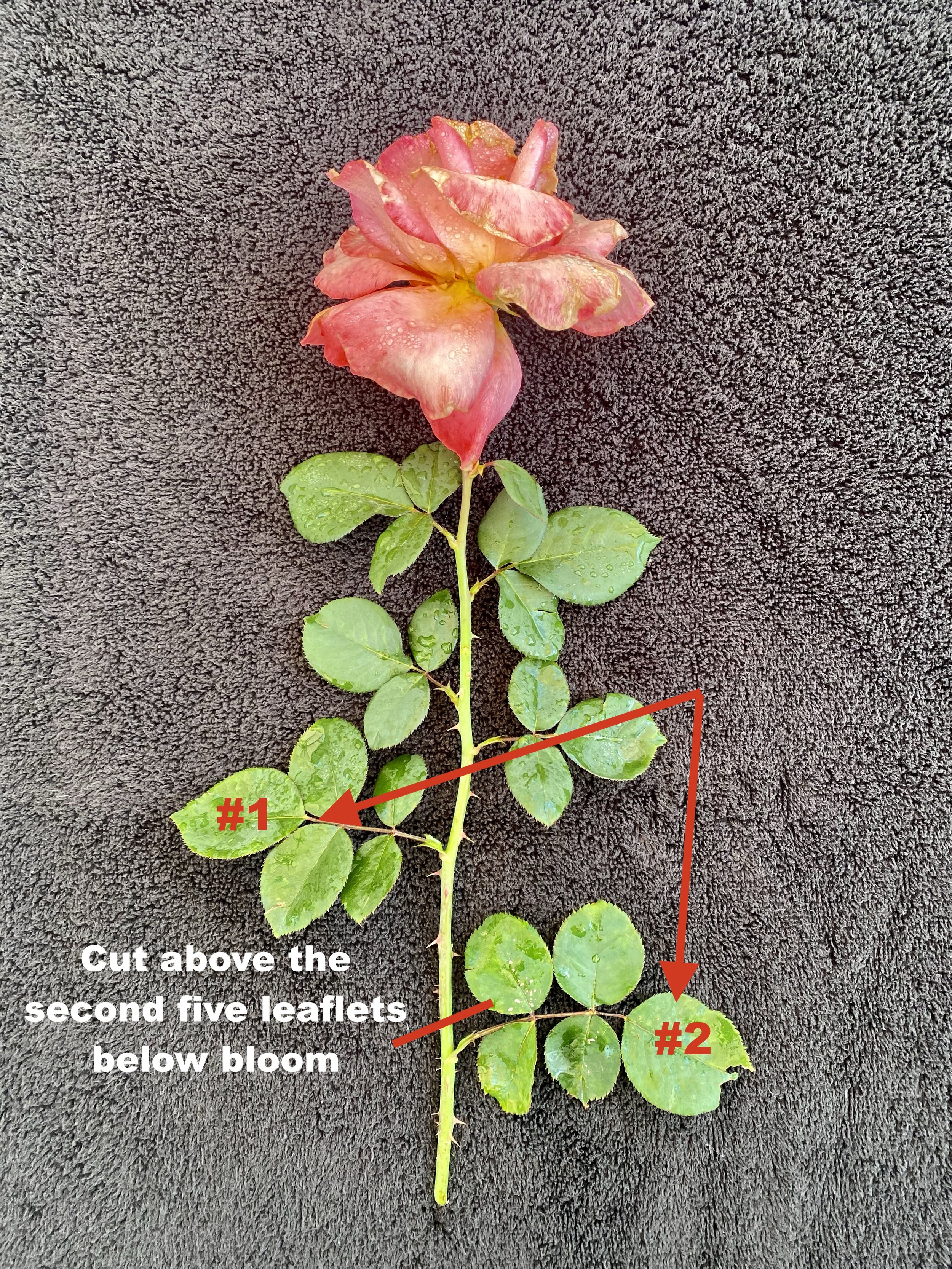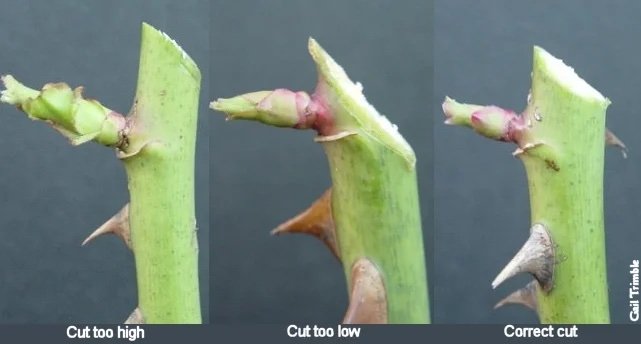Deadheading Roses: A Simple Guide to Better Blooms
Deadheading, the process of removing spent blooms, is essential for many roses. It encourages more flowers, keeps the plant looking tidy, and helps prevent disease.
Don’t Fear the Pruners
Many gardeners worry that pruning will harm their roses. The truth? It’s hard to go wrong, and a few basic tips can make it easy.
Most people ask: “Where should I cut to remove the bloom?”
The common advice is to cut just above the second five-leaflet leaf below the bloom. That’s a solid rule—but there’s more to consider.
Look at Stem Strength
Imagine a bloom with several leaves below it. The first may have three leaflets, and the rest five. If you follow the “second five-leaflet” rule, you might end up cutting only 2 inches below the flower. But that stem section may be too thin to support a new bloom—especially on large-flowered roses.
What to do: Cut farther down the stem where it thickens. This gives future blooms a stronger base.
No Five-Leaflets? No Problem.
Some stems only have three-leaflet leaves. If so, don’t worry. Cut about 12 inches below the flower, where the stem is thick enough to support new growth.
How to Deadhead Sprays
Roses like floribundas and grandifloras often bloom in clusters (sprays). Here's how to deadhead them:
Remove individual blooms as they fade.
Once the entire spray is spent, cut back the whole flowering head.
Make the cut below the spray’s origin, at a point on the stem that’s thick enough to support new growth.
Thin Stems? Cut Them Off Entirely
If a bloom is on a thin stem that never thickens as you trace it downward, cut the entire stem back to its base. Thin stems won’t produce quality blooms.
Final Tips from WSRS
Use the Right Angle
Always cut at a 45-degree angle. This allows water to run off easily, keeping the exposed plant tissue dry and reducing the risk of rot and fungal infections.Disinfect Your Tools
Clean your pruners before and after deadheading. This simple step helps prevent the spread of diseases between plants.


